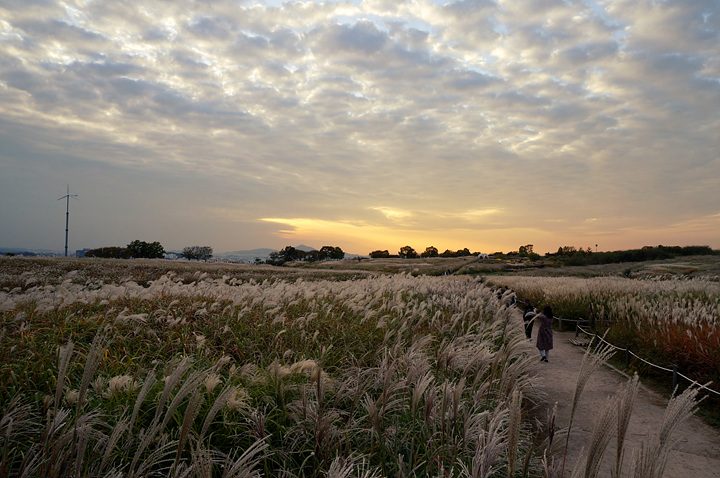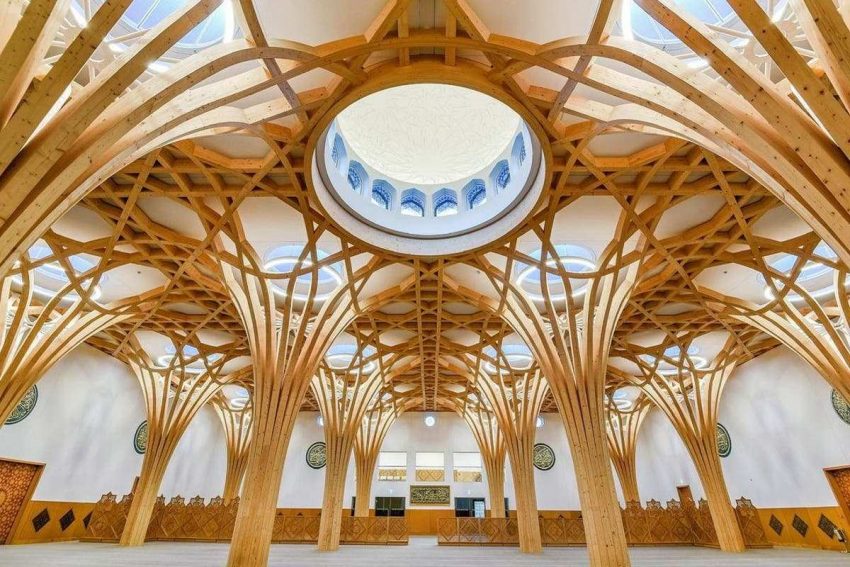This post is also available in:
![]() Türkçe
Türkçe
Landscape architecture is a man-made feature that resonates with the built structure to create an ecosystem and harmony among the various elements; It is an attempt to aesthetics it and to create a balance of human intervention in nature. Over the years, experts in this field have come up with their own definitions and theories, but the general idea has always been to constantly improve the growing, living conditions of people, because a person is a pupil who can never develop without seeking nature.
When did Landscape Architecture appear as a symbolic concept of our close contact with nature?
The word and concept of landscape is a concept that originally passed from the Netherlands to Italy. It has become ingrained in our minds with the long evolution of the laws of perspective. They tied the work at the very beginning with the invention of perspective. Perspective, which is considered “legitimate”, connects the representative order and the means of creating representation to a purpose, making the concept of landscape appear in the painting. In painting or intersia (wood inlay) it is primarily seen with the sullen architecture of “ideal cities”. The landscape, which was only in painting, went beyond the deception and took place in the real city silhouette. Landscape history is ancient, but there is not much detailed information about periods before the 16th and 17th centuries. We can say that it is superficially old-fashioned.
Historians date the birth of landscape architecture to about 1415. Three people in history may seem to be the producers of the term landscape architecture, but the first person to use the term is Jean-Marie Morel. In a book he wrote, he mentioned the term and even gave shape and direction.In a book he wrote, he mentioned the term and even gave shape and direction. Later, Scottish architect Gilbert Laing Meason introduced the term landscape architecture in a book he wrote and brought it to its current position.
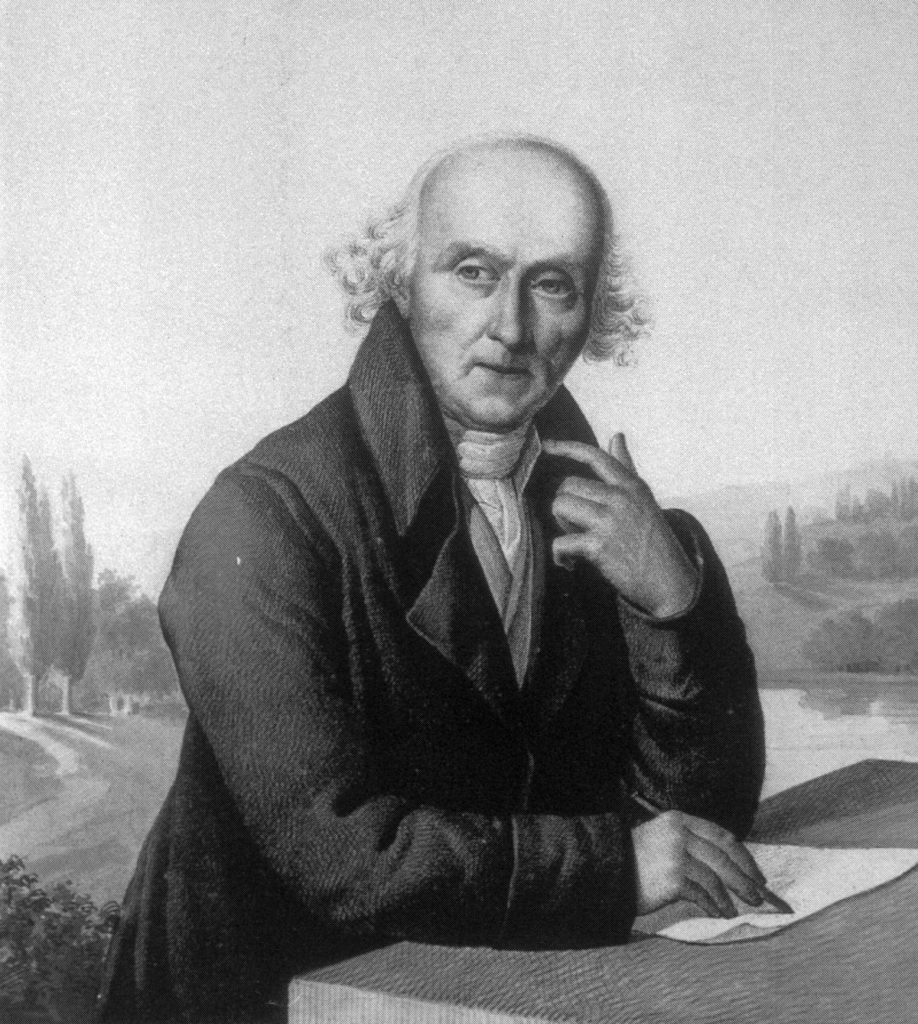


On the Landscape Architecture of Its Great PaintersJohn Claudius Loudon lauded the newly heard term in Gardener’s Magazine, quoting the term “Landscape Architecture” from Meason’s book. Loudon’s American fan, Andrew Jackson Downing, took the term and use it as an equivalent to Rural Architecture. Downing’s admirer, Frederick Law Olmsted, gave the term a different meaning when he took it. Olmsted changed the emphasis and used landscape architecture to describe a particular type of landscape established between buildings. Central Park was the first major example of Olmsted’s art. Then Olmsted planned a series of wonderful parks in Boston. His work has been appreciated in Europe.
In 1903, two men used the term in connection with a competition for the design of Pittencrieff Park in Dunfermline: Patrick Geddes and Thomas Mawson. They later became founding members of the British Institute of Urban Planning, and in 1929, Mawson became the first president of the Institute of Landscape Architects, now the Landscape Institute.
Like former garden designers, landscape architects deal with outdoor design using Vegetation, Landform, Water, Parquet and Structures. Andre Le Notre was doing the job, although the landscape architecture was not used as a term. He was an architect who was fond of gardening, coming from a family of gardeners. XIV. He became a garden architect whose name was heard when King Louis declared him the royal gardener. His first project is the garden of Vaux Le Vicomte castle in France. The garden of Versailles Palace, which was seen as a golden project and still arouses admiration even today, has spread throughout the country and in different countries after this project. He has 87 projects and is one of the most important designers of the Baroque period.


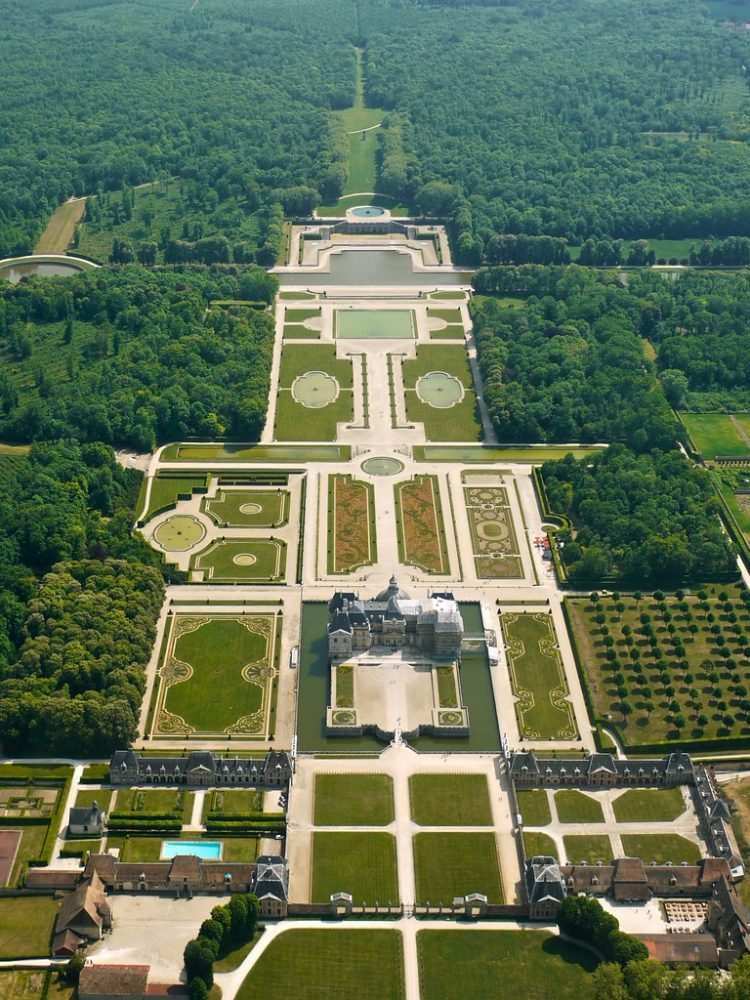
Frederick Low Olmsted is the landscape architect who first used the title, but not the person who coined the term. We consider Frederick Law Olmsted in the father of landscape architecture for his professional work in New York’s Central Park in the mid-19th century. Although the term is new, it is not the first time we have seen it as we have a perspective through the ancient civilizations of Egypt, China, and India.

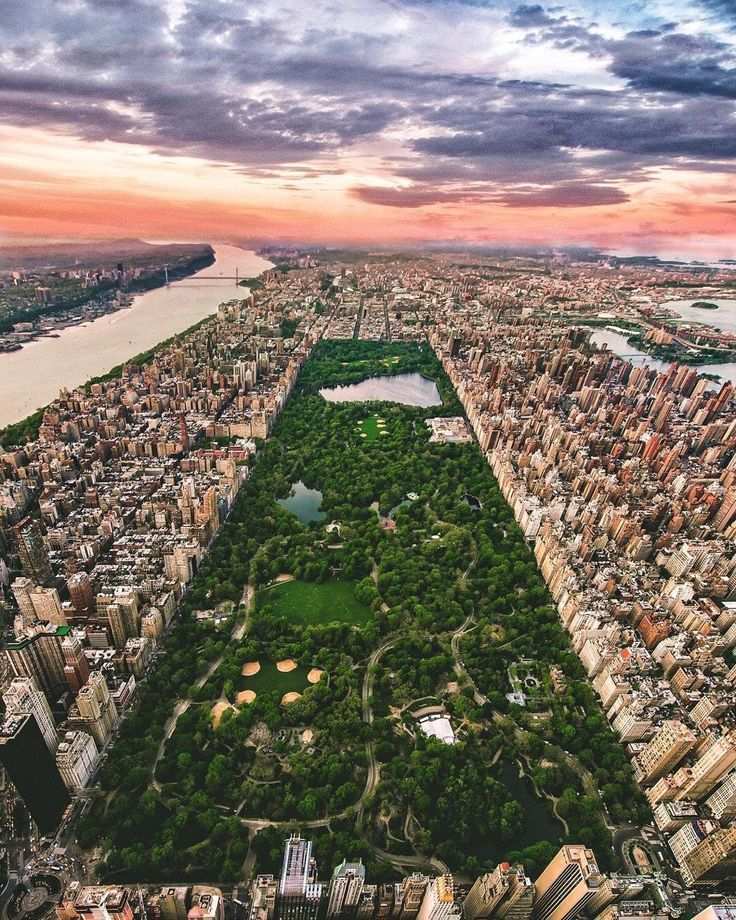
Theoretically, Olmsted was right: Landscape architects create the elements that define space, but the overall goal is to design space.
Historically, the gardens were designed for private living rather than public pleasure. The ancient Egyptians, Greeks, and Romans developed their own characteristic garden designs. Hadrian’s Villa, near Tivoli, Italy, features a large pleasure garden that had a great influence on later designs.

Hadrian's Villa gardenDuring the Renaissance, formal gardens developed, where the outdoor landscape was considered an extension of a building. The 16th-century Villa d’Este in Tivoli is a notable example.

Even in the time of nomadic man various landscape theories were associated with their patterns of movement, choice of shelter, and equilibrium relations with nature.
As we moved towards more civilized periods all over the world, the landscape became more associated with gardens than civic elements, and the idea of large beautiful gardens with aesthetic appeal became popular. But it also came to be used more and more only for the elite and noble members of society. While many kings and nobles of Europe enjoyed these privileges, they used them not only as a personal hobby but also to show power and status in society; they designed and implemented gardens inspired by each other, especially in English, French, Spanish and Italian gardens.
One of the most famous and oldest Gardens in Europe is the Abdurrahman-I mosque in Cordoba, Spain, with a cathedral in the front and a beautiful rectangular orange grove in the back.
Both garden design and landscape architecture are concerned with the use of five compositional elements of outdoor composition and garden landscape design according to Vitruvian goals:
- Flora
- Landform
- Road surface
- Sidewalk
- Buildings
The main difference between garden design and landscape architecture is that one relates to the private space and the other to the public space.
Landscape architects work on roads, reservoirs, river reclamation, quarries, forests, housing development, industrial estates, urbanization and many other types of projects, as well as limited garden design work.


